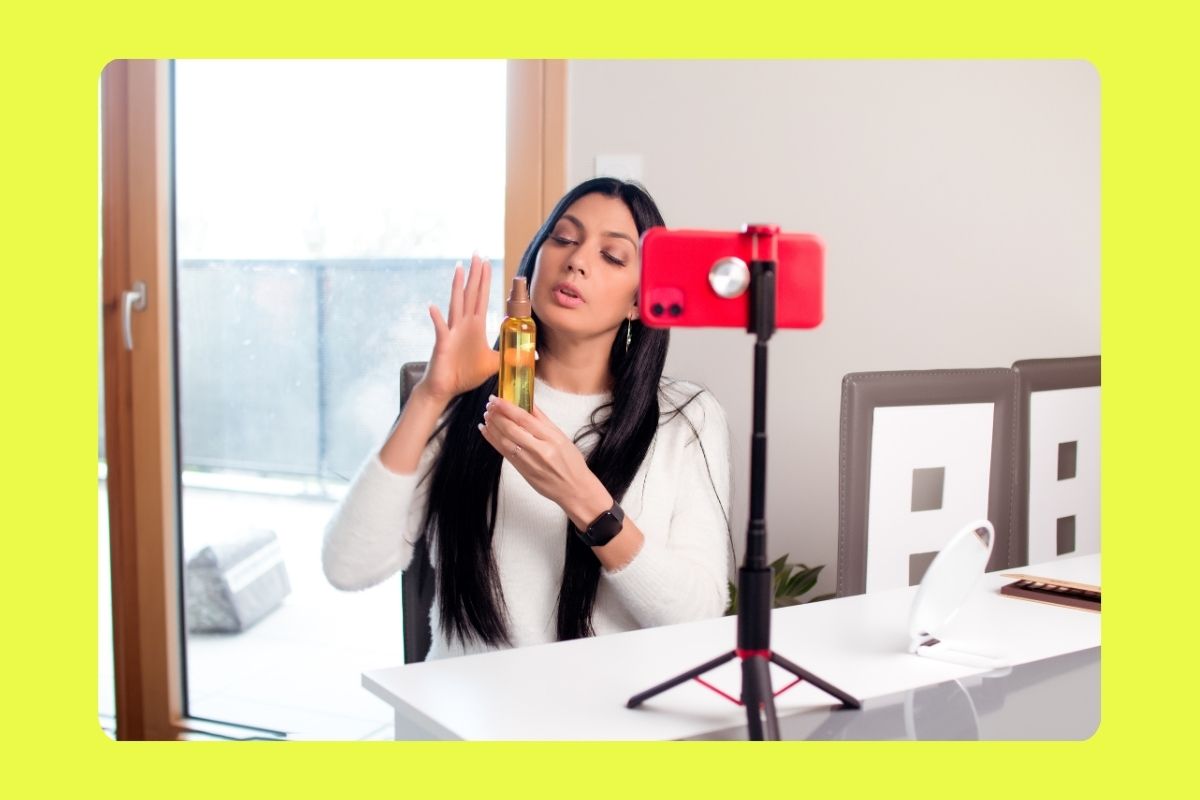TL;DR
Short-form and long-form content each play a vital role in digital marketing. Short-form content, like tweets and TikTok videos, quickly grabs attention but often lacks depth. Long-form content, such as blogs and tutorials, provides detailed information, enhances SEO, and builds authority, though it requires more time. Both are essential, and brands should balance them based on audience needs. TikTok’s shift to longer videos reflects this evolving content landscape.
The debate between short-form and long-form content remains a central topic in digital marketing strategies as social media platforms evolve and user engagement becomes more varied. Understanding which content type is more effective can greatly influence a brand’s ability to engage with its audience, build its authority, and optimize its marketing reach. This post delves into the nuances, benefits, and strategic use of both content types in a changing digital landscape.
Understanding Short-Form Content
Short-form content is typically characterized by its brevity and is designed to be consumed in a minute or less. Examples include tweets, Instagram stories, and TikTok videos. This content type is crafted to be direct and to the point, offering quick insights, updates, or entertainment.
Advantages of Short-Form Content
- Immediate Engagement: Captures the attention of users quickly, making it ideal for scrolling environments.
- High Shareability: Easier to share, increasing the potential for viral content.
- Adaptability: Perfect for mobile consumption and fits well with the busy lifestyles of most social media users.
Limitations of Short-Form Content
- Surface-Level Engagement: Often lacks the depth to explore complex topics fully.
- Short Life Span: Quickly consumed and just as quickly forgotten or lost in fast-moving feeds.
Understanding Long-Form Content
Long-form content involves substantial material that requires more than a few minutes to consume, such as YouTube tutorials, LinkedIn articles, or comprehensive blog posts. This content type is structured to explore topics in-depth, providing detailed information and nuanced perspectives.
Benefits of Long-Form Content
- Depth and Detail: Offers a thorough exploration of topics, which can enhance understanding and retention.
- SEO Benefits: Longer content allows for greater use of keywords and topics, improving search engine rankings.
- Authority Building: Helps establish the creator’s credibility and expertise on a subject.
Challenges of Long-Form Content
- Higher Time Investment: Requires more time to produce and consume, which can be a barrier for both creators and audiences.
- Risk of Lower Engagement: The commitment required to consume long-form content can lead to lower immediate engagement rates compared to short-form content.
Strategic Integration of Content Types
Audience Analysis
Effective content strategy begins with understanding the audience. Analytics can provide insights into which content types perform best with certain demographics, what times users are most active, and how they interact with different formats.
Content Lifecycle Planning
Integrating short-form and long-form content can cater to various stages of the audience’s engagement journey. For instance, short-form content can be used for quick updates and engaging snippets to draw attention, while long-form content can be employed to deepen understanding or lead to a call to action.
Cross-Promotion Tactics
Utilize short-form content to tease or promote long-form pieces. For example, a series of tweets might highlight key points from a detailed analysis published in a blog post.

TikTok’s Big Leap
TikTok is once again expanding its video format, now experimenting with 60-minute videos. Traditionally known for its quick, 15-second clips, the platform has gradually increased video lengths—first to one minute, then three, and more recently, ten minutes. After testing 15 and 30-minute videos, TikTok is now boldly exploring the potential of hour-long videos.
Exploring the Impact of Longer Videos on TikTok
The move to hour-long videos represents a significant shift for TikTok, a platform that has built its massive user base through brief, catchy content. This expansion into longer formats raises several questions and possibilities:
Viewer Engagement
Will TikTok’s audience, accustomed to quick entertainment, be willing to engage with longer content? This experiment could redefine user behavior on the platform, offering insights into its user base’s flexibility and preferences.
Content Diversity
Longer videos allow creators to dive deeper into topics, craft narratives with more complexity, and share more comprehensive information or entertainment. This could attract a new type of content creator and audience, potentially diversifying the platform’s appeal.
Competitive Landscape
By introducing longer videos, TikTok is positioning itself as a direct competitor to platforms like YouTube, which dominates the long-form video space. This could reshape the competitive dynamics among social media platforms, influencing where creators and audiences spend their time and attention.
Monetization Opportunities
Longer content typically offers more opportunities for monetization, including mid-roll ads. For TikTok, this could mean increased revenue potential and more robust support for creators through expanded monetization tools.
Finding the Right Balance
In conclusion, both short-form and long-form content have vital roles to play in a comprehensive social media strategy. The choice between them should be influenced by the brand’s goals, audience preferences, and the specific objectives of each piece of content. By mastering the strengths of each and understanding their unique impacts, marketers and content creators can optimize their approaches to digital engagement, ensuring they meet their audiences where they are most receptive.
